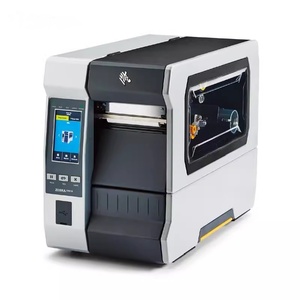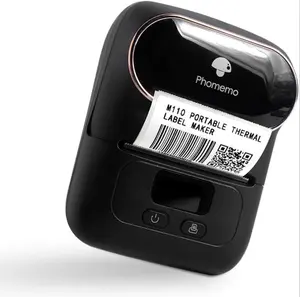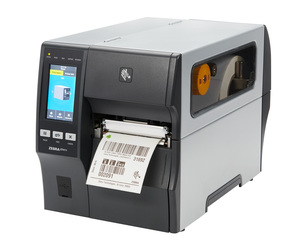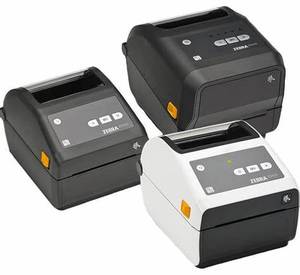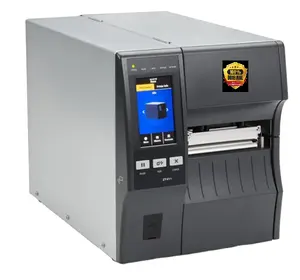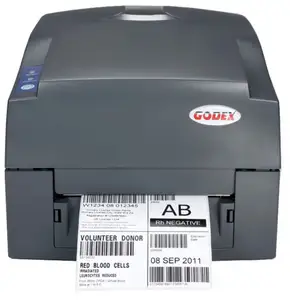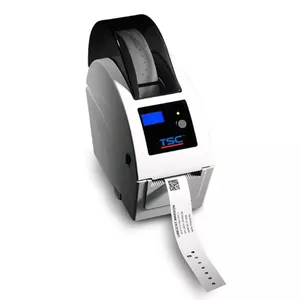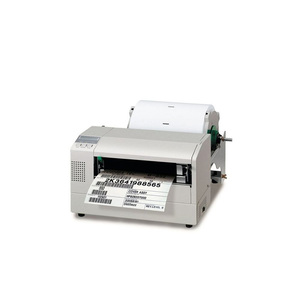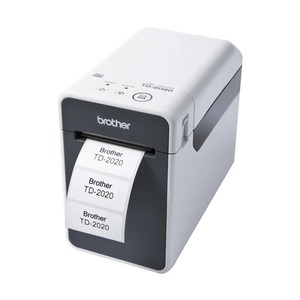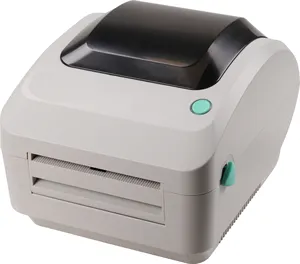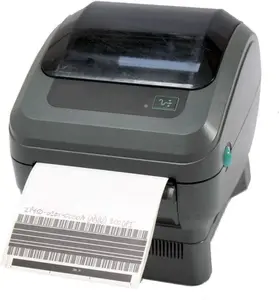Thermal Bar Code Printer







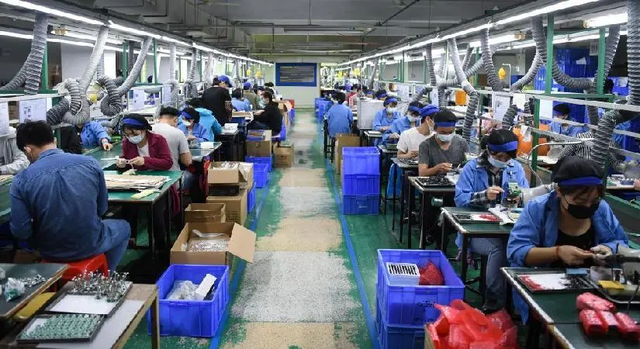


































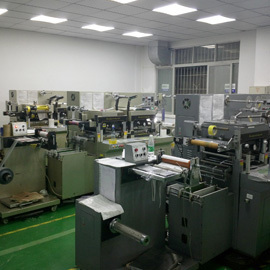














About thermal bar code printer
Where to Find Thermal Bar Code Printer Suppliers?
China remains the central hub for thermal bar code printer manufacturing, with key supplier clusters in Guangdong, Jiangsu, and Shanghai driving innovation and cost efficiency. These regions host vertically integrated production ecosystems that combine electronics assembly, precision engineering, and IoT integration, enabling rapid prototyping and scalable output. Guangzhou and Shanghai-based suppliers benefit from proximity to component suppliers for print heads, motors, and control boards, reducing material lead times by 20–30% compared to offshore alternatives.
The industrial clusters support both high-volume OEM/ODM production and specialized configurations for logistics, retail, and healthcare sectors. Facilities typically operate automated SMT lines and final assembly units under ISO-controlled environments, achieving monthly outputs ranging from 5,000 to over 20,000 units per supplier. This concentration allows buyers to access competitive pricing—entry-level desktop models start below $25—while maintaining compliance with international safety and electromagnetic standards.
How to Choose Thermal Bar Code Printer Suppliers?
Effective supplier selection requires a structured evaluation across technical, operational, and transactional criteria:
Quality & Compliance Verification
Confirm adherence to essential certifications including CE, FCC, and RoHS for market-specific regulatory compliance. For enterprise or medical-grade deployments, request test reports on thermal head lifespan (typically rated at 50–100 km of printing) and MTBF (mean time between failures, ideally exceeding 60,000 hours). Verify compatibility with common label materials (paper, synthetic, coated) and ribbon types (wax, resin).
Production & Customization Capacity
Assess supplier capabilities through the following indicators:
- Minimum factory area of 2,000m² with dedicated R&D and QA zones
- In-house firmware development and connectivity testing (Bluetooth, Wi-Fi, Ethernet)
- Customization options for firmware, housing color, branding, label size (58mm–108mm), and interface modules
Cross-reference online revenue data and reorder rates (>15% indicates strong customer retention) as proxies for reliability and product performance.
Procurement & Risk Mitigation
Utilize secure payment mechanisms such as trade assurance or escrow services until product acceptance. Prioritize suppliers with documented quality control processes, including pre-shipment inspections and batch testing. Request samples to validate print resolution (203dpi standard, 300dpi for high-density codes), barcode accuracy (verified via ISO/IEC 15416), and mechanical durability under continuous operation.
What Are the Best Thermal Bar Code Printer Suppliers?
| Company Name | Location | Main Products (Listings) | Online Revenue | On-Time Delivery | Avg. Response | Reorder Rate | Key Offerings |
|---|---|---|---|---|---|---|---|
| Suzhou Unimes Group Co., Ltd. | Jiangsu, CN | Thermal printers (125) | US $230,000+ | 100% | ≤2h | 15% | Original TDP series, Zebra-compatible models, 203–300dpi industrial printers |
| Shanghai Chiyi Electronics Co., Ltd. | Shanghai, CN | Thermal printers (N/A) | US $220,000+ | 100% | ≤2h | 18% | Direct thermal models from $25, compact 80mm and 108mm width printers |
| Guangzhou Bide Iot Technology Co., Ltd. | Guangdong, CN | Thermal printers (296) | US $40,000+ | 88% | ≤2h | 16% | Xprinter XP-series, industrial 4x6" models, BT/Wi-Fi enabled devices |
| Guangzhou Jiewen Information Technology Co., Ltd. | Guangdong, CN | Thermal printers (N/A) | US $330,000+ | 98% | ≤2h | 23% | Zebra ZT-series clones, TSC models, high-end industrial printers up to $2,500 |
| Xiamen Better Electronic Technology Co., Ltd. | Fujian, CN | Thermal printers (657) | US $310,000+ | 95% | ≤4h | 22% | Budget 58mm–80mm printers, shipping label models from $10, compact Bluetooth variants |
Performance Analysis
Suzhou Unimes and Guangzhou Jiewen specialize in higher-end industrial and brand-compatible models, with Jiewen demonstrating the highest reorder rate (23%) and robust customization capabilities for labels, ribbons, and integration modules. Xiamen Better leads in volume and affordability, offering sub-$15 solutions ideal for startups and small logistics operations. While most suppliers maintain response times under 2 hours, Xiamen’s ≤4h average suggests potential communication lags during peak inquiry periods. On-time delivery varies from 88% to 100%, with only Guangzhou Bide falling below the 90% threshold—indicating possible logistical or inventory constraints. Buyers seeking premium durability should prioritize suppliers listing Zebra or TSC-compatible models, which typically reflect higher build and component standards.
FAQs
How to verify thermal bar code printer supplier reliability?
Cross-check compliance claims (CE, FCC, RoHS) with product documentation and lab reports. Review transaction history on business platforms, focusing on dispute resolution records and buyer feedback related to print quality and after-sales service. Conduct video audits to confirm production lines and QC procedures.
What is the typical MOQ and lead time?
Most suppliers offer MOQs of 1 piece for standard models, enabling low-risk sampling. Bulk orders (50+ units) may require 15–25 days for production, while sample shipments are typically dispatched within 3–7 days. Lead times can extend for customized firmware or packaging.
Can suppliers customize firmware and hardware?
Yes, leading suppliers support logo imprinting, custom boot screens, interface adjustments (USB, RS232, Ethernet), and enclosure modifications. Firmware updates and SDK provision are common for integration into WMS, ERP, or POS systems.
Do thermal bar code printers support global voltage and connectivity?
Standard models support 100–240V AC input and include USB and serial interfaces. Many offer optional Wi-Fi, Bluetooth 4.0+, and Ethernet for networked environments. Confirm regional plug types and wireless certification requirements (e.g., IC, KC) before ordering.
What are the common print width and resolution options?
Entry-level models typically support 58mm and 80mm widths at 203dpi. Industrial units offer 108mm and 4-inch (112mm) formats with 203dpi or 300dpi resolution for high-density barcodes and small text clarity. Verify compatibility with label roll dimensions and core sizes (25mm–38mm standard).





















